MacBook Pro 13 (2017) vs Dell XPS 13: Which powerhouse laptop is best?
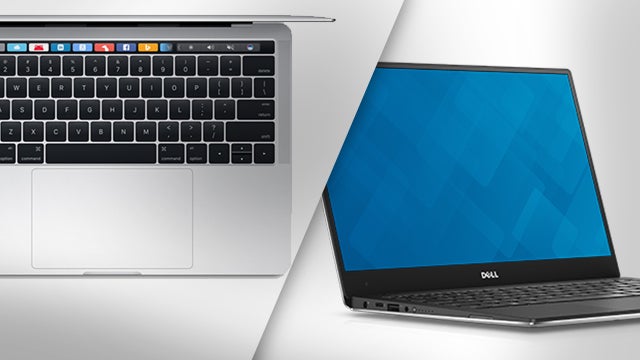
Apple MacBook Pro vs Dell XPS 13: Which powerhouse laptop is best?
Apple refreshed its 13-inch MacBook Pro in 2017, so we thought it was high-time to revisit how it fares against Dell’s XPS 13. For its part, Dell updated the XPS 13 to kick-off 2018, adding Intel’s new (and more powerful) 8th-gen Core i series chips, a 4K screen option, and a new Rose Gold finish, among other new features.
The full picture about the new 2018 XPS 13 is still emerging, so for now, we’re sticking with the facts from last year. However, we’ll update this comparison as soon as we know more and have had a chance to try Dell’s latest for ourselves – this is likely to be at CES 2018, so stay tuned.
Don’t forget that the now ‘old’ XPS 13 will likely drop significantly in price, either, and will still be a great laptop for most people.
Related: Best laptop 2019
MacBook Pro vs Dell XPS 13: Full spec comparison
|
Device |
Dell XPS 13 |
Base MacBook Pro 13 |
Top MacBook Pro 13 |
|
Weight |
1.2-1.29kg |
1.37kg |
1.37kg |
|
Dimensions |
W: 304mm D: 200mm H: 15mm |
W: 304mm D: 212mm H: 15mm |
W: 304mm D: 212mm H: 15mm |
|
Processor choices |
7th Gen Intel Core i5 and i7 (up to 3.8GHz) |
7th Gen Intel Core i5 or Core i7 (up to 4GHz) |
7th Gen Intel Core i5 or Core i7 (up to 4GHz) |
|
Graphics |
Intel HD Graphics 620 or Intel Iris Graphics 640 |
Intel Iris Graphics 640 |
Intel Iris Graphics 650 |
|
RAM |
8-16GB 1866MHz LPDDR3 |
8GB-16GB 2133MHz LPDDR3 |
8-16GB 2133MHz DDR3 |
|
Storage |
128GB-1TBB PCIE SSD |
128GB-1TB PCIE SSD |
512GB-1TB SSD |
|
Screen |
Full HD to 3,200×1,800 touch |
2560×1600 non-touch |
2560×1600 non-touch |
|
Price |
£1149-£1799 |
£1249-£2499 |
£1749-£2799 |
MacBook Pro vs Dell XPS 13: Design and build
One thing that’s mostly the same between the two new MacBooks is the physical design, so this is a good place to start.
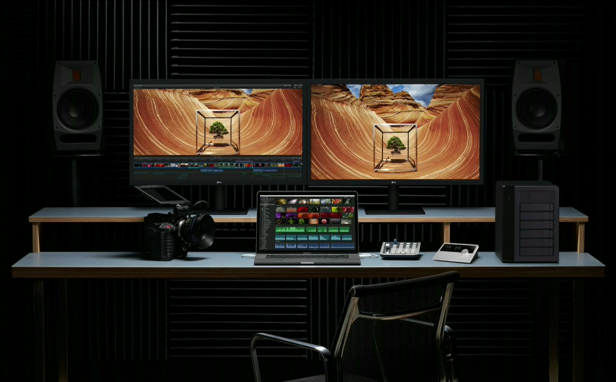
The Dell XPS 13 wins off the bat in terms of weight, coming in 170g lighter than both 13-inch MacBook Pro models. The MacBook is slightly larger in terms of overall footprint as well, so side-by-side the Dell looks significantly smaller.
Rounded up to the nearest millimetre, both the XPS 13 and MacBook are the same thickness.
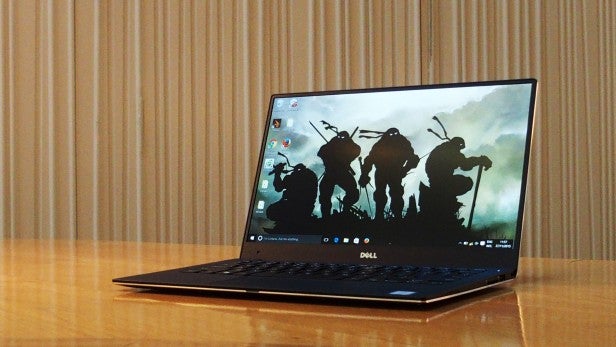
The materials used are different on each device. Apple has continued to use the tried and tested aluminium unibody design, while Dell has a metal body and lid with a wrist rest coated in carbon fibre. The MacBook is also available in a Space Grey material, like the 12-inch MacBook.
The touchpad on the MacBook is substantially bigger than that on the XPS 13, which makes for much more comfortable gestures and swiping. The MacBook also gets Apple’s Force Touch tech, which simulates a physical click using haptic feedback and allows for pressure-sensitive interactions.
Apple’s Butterfly keyboard design makes a return and has been improved over last year’s model. It won’t be for everyone, but its a comfortable, accurate and responsive keyboard that’s hard to beat.
The more expensive 13-inch MacBook gets Apple’s clever Touch bar, which is a feature no other laptop on the planet has. Although, based on our reviews of last year’s machines, it’s really not as useful as we’d hoped.
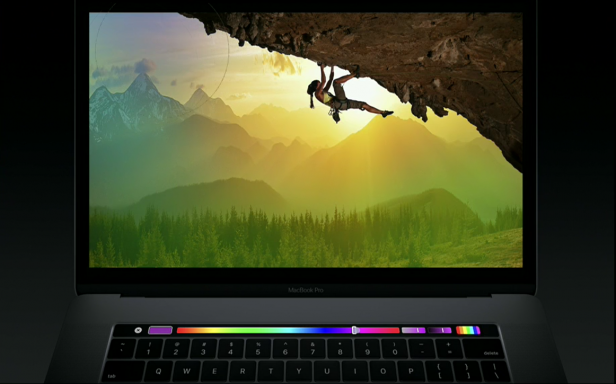
In terms of ports, the MacBook 13-inch gets four USB 3.1/Thunderbolt 3 ports for powering high-end peripherals such as monitors and storage arrays. No adapters are supplied in the box. You can plug the power adapter into any port and charge the device. It also has a 3.5mm headphone jack. Dell gives you two regular USB 3.0 ports along with a USB 3.1/Thunderbolt 3 ports and an SD card reader.
MacBook Pro vs Dell XPS 13: Performance
This is where things get complicated. The two machines use Intel’s latest Kaby Lake 7th-gen processors, but they each use slightly different models with different clock speeds.
At the low end, the Dell is more powerful. But the very top-end MacBook Pro is more powerful than the most powerful Dell XPS 13, with a maximum clock speed of 4GHz. Graphics performance is also different, there’s a variety of Intel HD 620 up to Intel Iris 640 on the Dell XPS 13, whereas the MacBook Pro starts at Intel Iris 640 and goes up to Iris 650 on the high-end models.
The MacBook Pro now has Dell beat for memory speed as well, with all of its devices coming with 2133MHz memory as standard, where the XPS 13 only ships with 1866MHz memory.
We also know, based on our 2016 model reviews, that the MacBook Pro has substantially faster storage than the Dell XPS 13.
MacBook Pro vs Dell XPS 13: Screen
The cheapest Dell XPS 13 gets a 1920×1080-pixel Full HD display, while all the MacBooks get ‘Retina’ 2560×1600 screens. The top-end XPS 13 goes well beyond that with a 3200×1800-pixel panel that also gets a glossy touch layer. The MacBook Pro easily beats the Dell XPS 13 when it comes to colour coverage, and Dell so far hasn’t come up with an answer.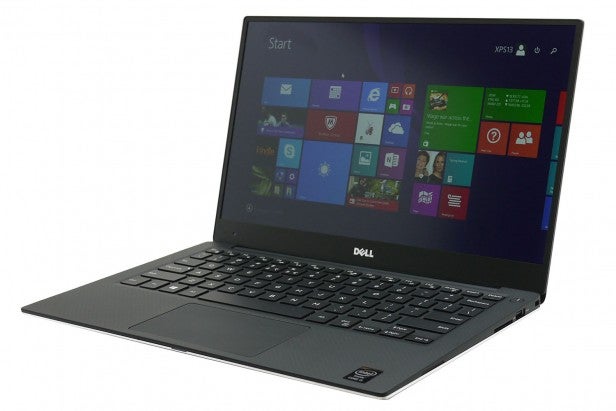
MacBook Pro vs Dell XPS 13: Pricing and final thoughts
Dell’s XPS 13 starts out cheaper than the MacBook Pro and tops out at £1749 with the top-of-the-range model. The MacBook Pro goes well beyond that as you continue up the range, thanks to the more expensive storage and memory options at the top-end. This is in addition to the more powerful top-end processors that manage higher peak clock speeds than the processor available in the Dell XPS 13.
At the bottom end, the XPS 13 is better value in terms of raw performance, but as you go up the MacBook range and gain access to the Touch Bar and higher performance, the MacBook’s price premium starts to make more sense.
Apple has brought the 13-inch MacBook Pro closer to the Dell XPS 13 in terms of price by cutting its minimum storage offering in half to 128GB, while Dell still offers a 256GB drive.


